Table of Contents
Introduction:
Corrosion is a natural process that occurs when metals are exposed to air, water, or other corrosive substances. It can cause damage to metal structures and equipment, leading to costly repairs and replacements. However, there are several methods to prevent corrosion that can help extend the life of metal assets.
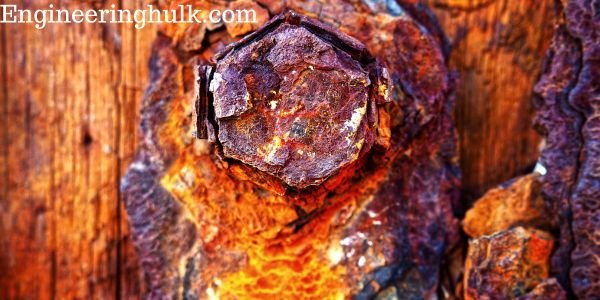
Methods to prevent corrosion
Protective coatings
One of the most common methods to prevent corrosion is to apply a protective coating to the metal surface. The coating acts as a barrier between the metal and the corrosive environment, preventing exposure to moisture and other corrosive substances. There are several types of protective coatings available, including paint, powder coating, and plating. The selection of the coating depends on the type of metal, the environment, and the intended use of the metal asset.
Different types of protective coatings can be used to prevent corrosion.
1. Zinc Coatings
Zinc coatings are one of the most commonly used types of protective coatings for preventing corrosion. They work by forming a barrier between the metal and the surrounding environment, preventing moisture and oxygen from coming into contact with the metal. Zinc coatings can be applied by hot-dip galvanizing or electroplating, and are often used on steel structures such as bridges, pipelines, and storage tanks.
2. Epoxy Coatings
Epoxy coatings are a type of thermosetting polymer that is applied as a liquid and then cured to form a hard, durable coating. Epoxy coatings are resistant to moisture, chemicals, and UV radiation, making them an excellent choice for outdoor applications. They are often used on concrete structures, pipelines, and marine structures.
3. Polyurethane Coatings
Polyurethane coatings are a type of polymer that is applied as a liquid and then cured to form a tough, abrasion-resistant coating. Polyurethane coatings are often used in industrial applications where the metal is exposed to harsh environments, such as chemical processing plants and oil refineries.
4. Ceramic Coatings
Ceramic coatings are a type of inorganic coating that is applied by thermal spraying. They are composed of metal oxide or ceramic materials and offer excellent protection against corrosion, high temperatures, and wear. Ceramic coatings are often used in aerospace and military applications.
5. Aluminum Coatings
Aluminum coatings are a type of protective coating that is applied by thermal spraying or painting. They provide excellent corrosion protection and are often used on steel structures in coastal areas where the metal is exposed to saltwater and high humidity.
6. Organic Coatings
Organic coatings are a type of protective coating that is applied as a liquid and then dries to form a film. They are often made of polymers, such as acrylics or polyesters, and offer good protection against environmental factors such as UV radiation and moisture. Organic coatings are commonly used on metal roofs, walls, and doors.
7. Galvanization:
Galvanization is the process of applying a protective layer of zinc to the surface of a metal to prevent it from corroding. Zinc is a highly reactive metal that readily reacts with oxygen and water to form a protective layer of zinc oxide or hydroxide on the surface of the metal.
This layer acts as a barrier that prevents the underlying metal from coming into contact with corrosive agents, such as oxygen and moisture, and thus prevents corrosion.
There are two main types of galvanization: hot-dip galvanization and electro-galvanization. Hot-dip galvanization involves immersing the metal in molten zinc, while electro-galvanization involves applying an electric current to deposit a thin layer of zinc onto the metal surface.
8. Alloying:
Alloying is the process of adding one or more metals to another metal to improve its properties, including its resistance to corrosion. Some common alloying metals include chromium, nickel, and molybdenum. These metals form a protective oxide layer on the surface of the metal, which acts as a barrier to prevent corrosion.
For example, stainless steel is an alloy that contains chromium, which forms a thin layer of chromium oxide on the surface of the metal. This layer is highly resistant to corrosion, making stainless steel an ideal material for applications where corrosion resistance is critical.
9. Painting:
Painting is a common method of protecting metal surfaces from corrosion. Paint acts as a barrier between the metal surface and the environment, preventing moisture and other corrosive agents from coming into contact with the metal.
There are several types of paint that are suitable for use as a protective coating, including epoxy, polyurethane, and acrylic paints. Epoxy paint is particularly effective at preventing corrosion because it forms a hard, durable, and chemically resistant coating that can withstand exposure to harsh environments.
10. Greasing and Oiling:
Greasing and oiling are simple yet effective ways of protecting metal surfaces from corrosion. These methods involve applying a thin layer of grease or oil to the metal surface, which acts as a barrier that prevents moisture and other corrosive agents from coming into contact with the metal.
Greases are thick, viscous substances that provide long-lasting protection against corrosion. They are ideal for use in applications where the metal is exposed to high levels of moisture or other corrosive agents.
Oils are thinner than greases and provide less long-lasting protection, but they are still effective at preventing corrosion. They are ideal for use in applications where the metal is exposed to moderate levels of moisture or other corrosive agents.
Cathodic protection
Cathodic protection is a technique used to protect metals from corrosion by making the metal the cathode in a galvanic cell. The metal to be protected is connected to a sacrificial anode, which is a more active metal that will corrode in place of the protected metal. As the anode corrodes, it releases electrons that are transferred to the cathode, preventing corrosion. Cathodic protection is commonly used in offshore structures, pipelines, and storage tanks.
Corrosion inhibitors
Corrosion inhibitors are chemicals that are added to the metal surface or the surrounding environment to prevent corrosion. The inhibitors work by forming a protective film on the metal surface or by reducing the rate of the corrosion reaction. The selection of the corrosion inhibitor depends on the type of metal, the environment, and the intended use of the metal asset.
Proper maintenance
Proper maintenance is essential for preventing corrosion. Regular cleaning and inspection of the metal asset can help identify early signs of corrosion and prevent further damage. Corrosion can be accelerated by dirt, debris, and other contaminants that accumulate on the metal surface, so regular cleaning can help reduce the risk of corrosion.
Environmental control
Controlling the environment in which the metal asset is located can also help prevent corrosion. For example, controlling the temperature and humidity levels can help reduce the risk of corrosion. In addition, reducing exposure to corrosive substances, such as saltwater, can also help prevent corrosion.
Design considerations
Design considerations can also play a role in preventing corrosion. For example, designing metal assets with rounded corners and smooth surfaces can help reduce the risk of corrosion. This is because sharp corners and rough surfaces can create areas of stress and concentration where corrosion can occur. In addition, designing metal assets with adequate drainage can help prevent the accumulation of moisture, which can accelerate corrosion.
Also, read vernier bevel protractor



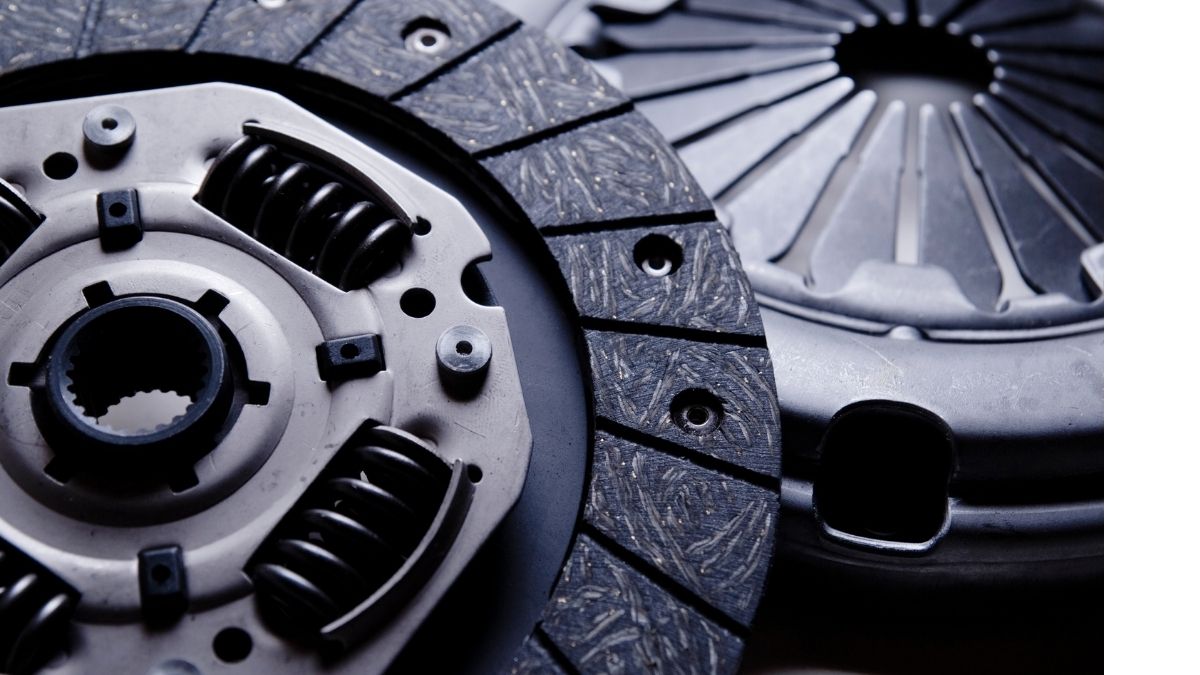







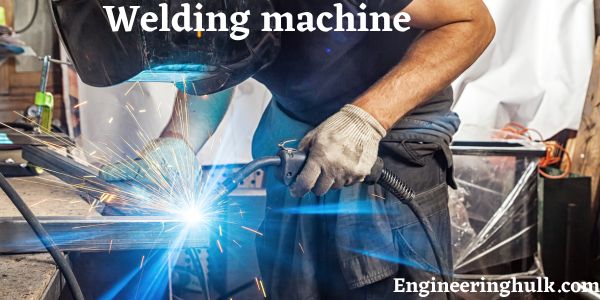



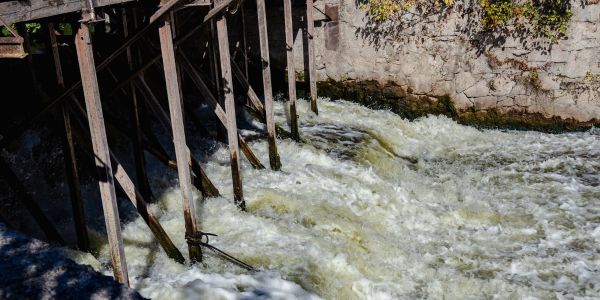
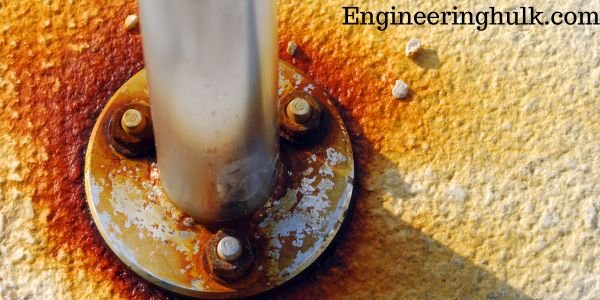
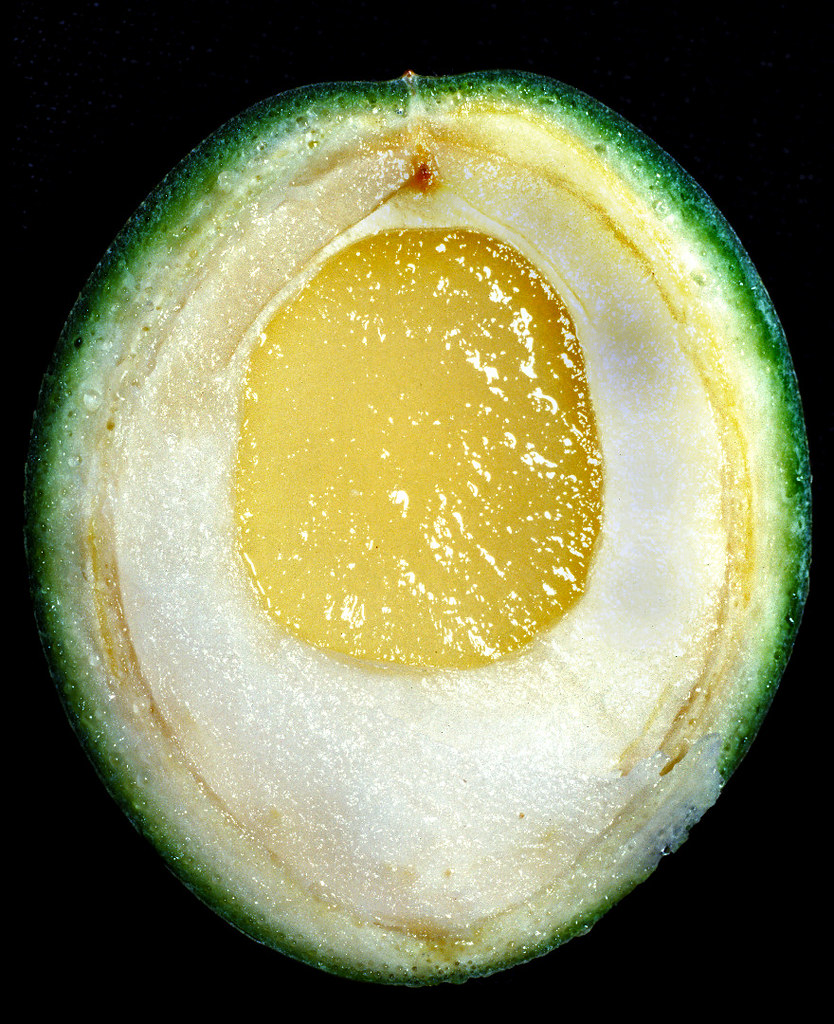


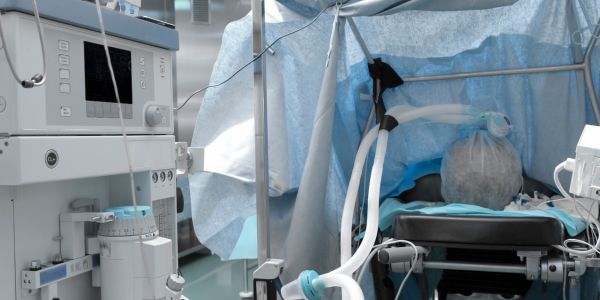

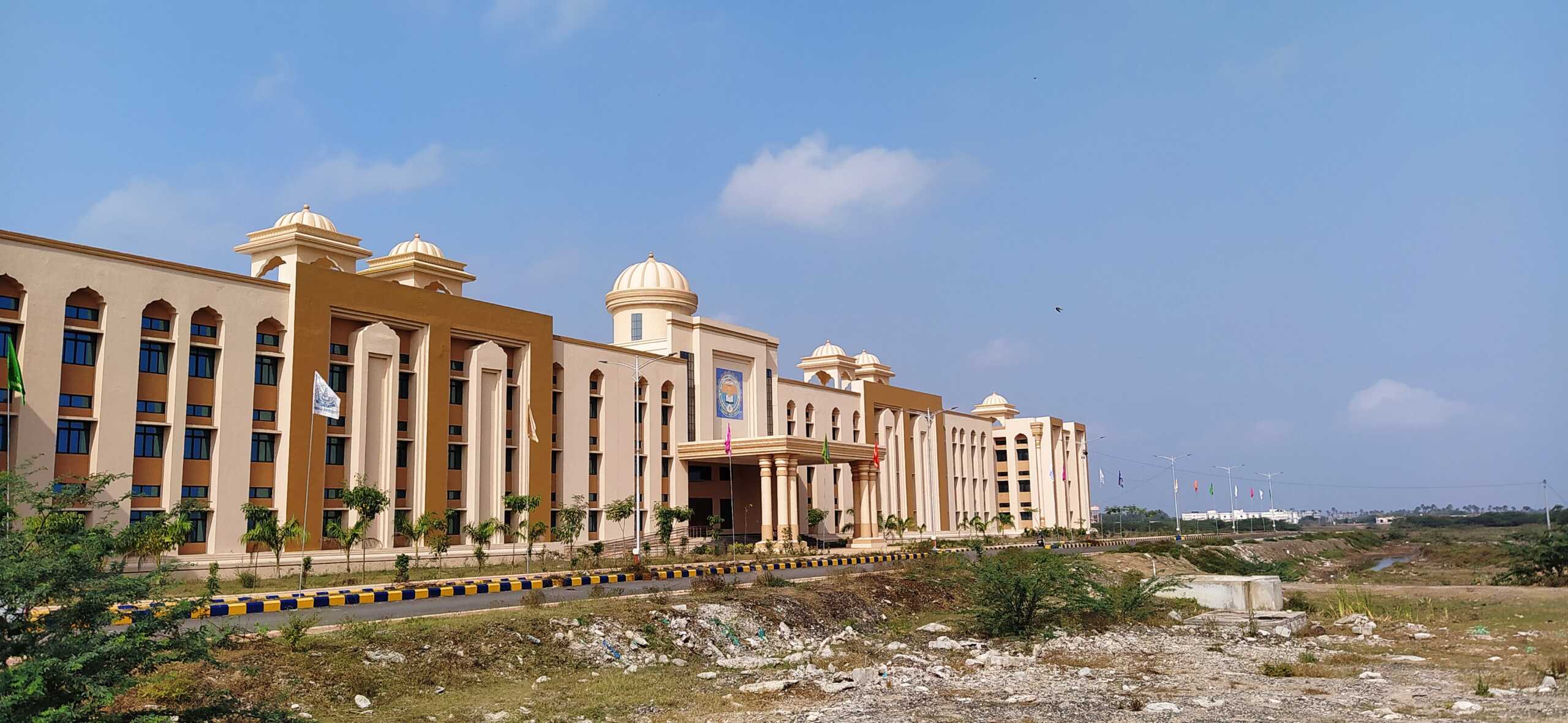


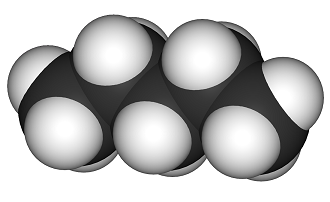


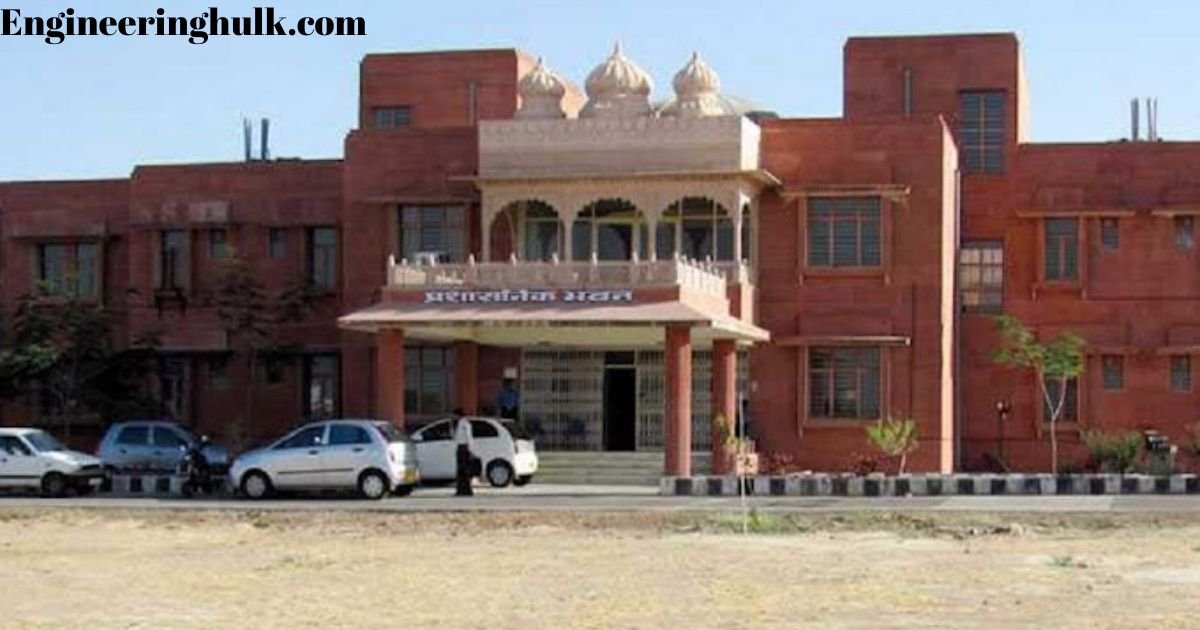
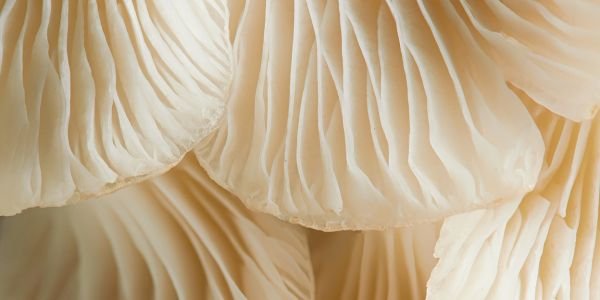

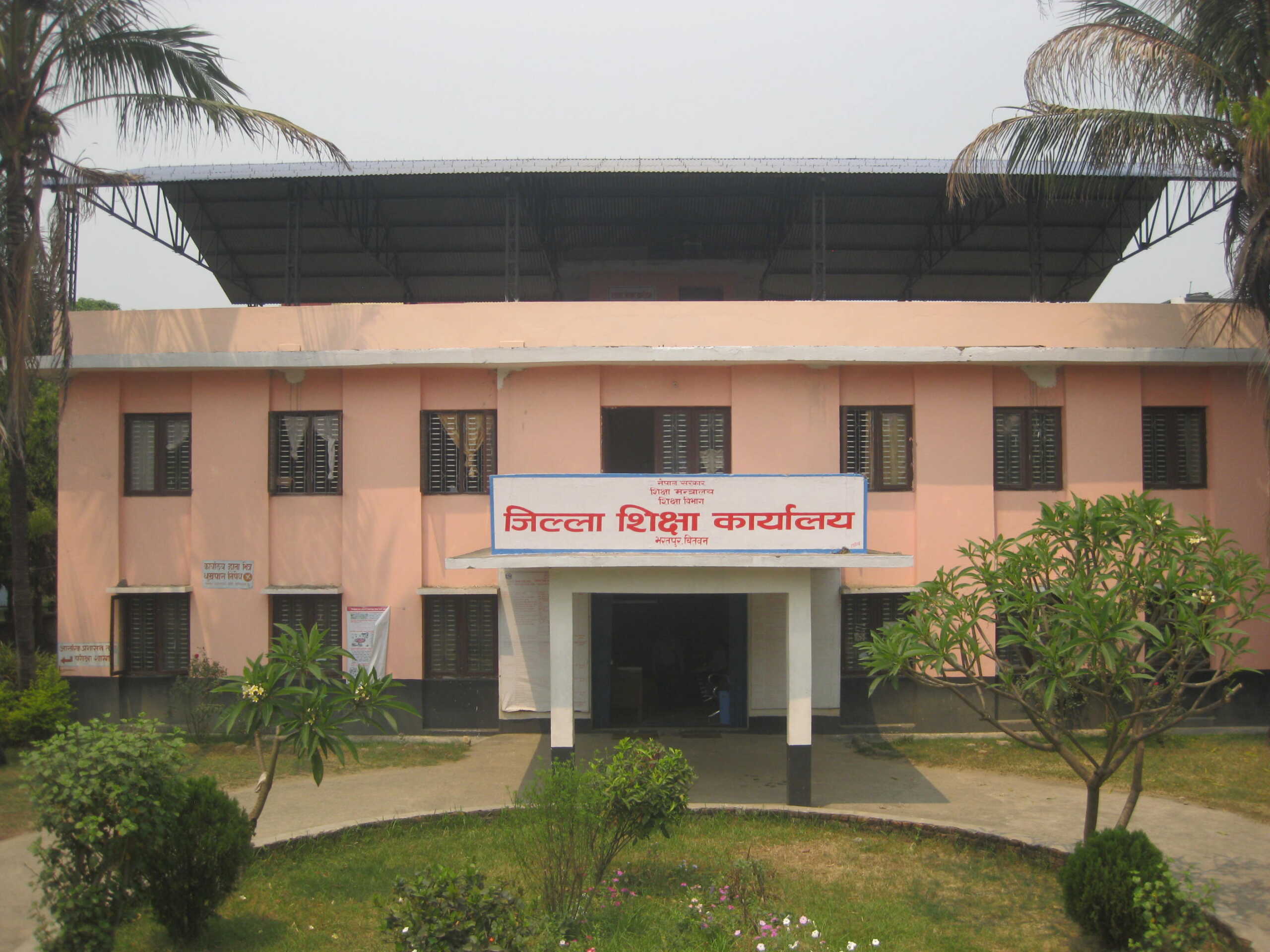
Comment on “Methods to prevent corrosion – Detailed Overview”
Comments are closed.